Rethinking Autonomous Driving
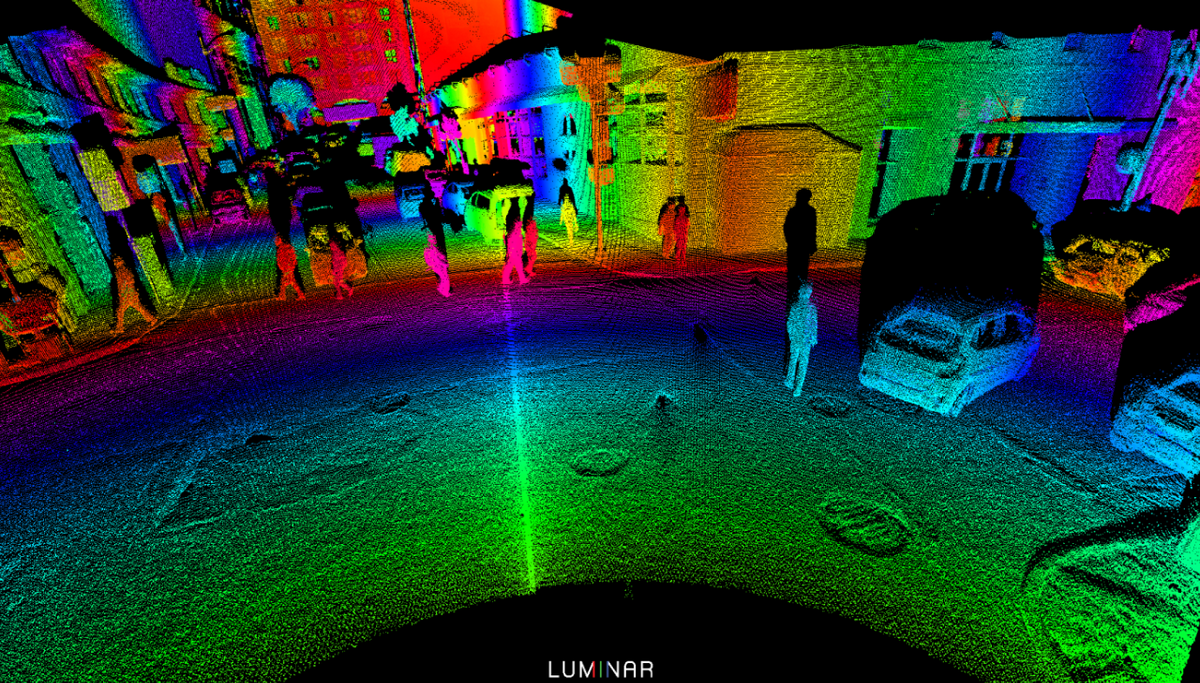
The future has proven to be difficult to predict. Fully autonomous vehicles (AVs) have been five years away for the last 10 years. We absolutely have vehicles that can drive themselves autonomously and drive perfectly just about all of the time and in just about every traffic situation.
The question is how long is it going to take for the car to do the right thing 100% of the time. When people's lives are at stake 99% just isn't good enough. The last 1% has proven to be exceptionally difficult to obtain. For these systems to gain acceptance and regulatory approval they need 'bet your life on it' reliability.
Last month Argo AI, the autonomous driving start up funded by billions from VW and Ford, shut down. VW and Ford wrote off $3B each. A few days later it was announced that Tesla was under criminal investigation for making false self-driving claims. Uber has spent more than $2.5B in an effort to replace its drivers to no avail. McKinsey reports that $100B has been invested in autonomous vehicles, and so far little of it appears to be paying off.
Doug Field, the Ford executive who was hired away from Apple to look after autonomous driving, remarked that it was "harder than putting a man on the moon."
Thankfully, the technology that goes into autonomous driving is exactly the same as what goes into advanced driving aides. If we don't expect to be able to fold the steering wheel away and take a nap, but instead use the AV technology to drive the car while we monitor it, we can have the best of both worlds and the safest vehicle.
Humans get distracted, sleepy, erratic and sometimes drunk when they are behind the wheel. AV technology can absolutely prevent accidents with a combination of audible, visual and haptic warnings and execution of full emergency maneuvers. A human driver can deal with unexpected complex situations better than a machine. Together, both human and machine working together offer the safest combination. The machine drives the car and the human monitors the machine and is ready to assume control in unexpected situations. I believe that this is the future, rather than fully autonomous vehicles - at least in cities.
There may be a viable case for AVs running in transportation corridors that are heavily controlled and perhaps separated from other traffic. These 'autonomous lanes' for personal vehicles, trucks and busses could also double as emergency lanes. There could be emergency protocols which would direct the traffic to clear space for emergency vehicles. Congestion could be drastically reduced if vehicle speeds could be centrally controlled. In strictly controlled laneways AVs could operate with minimal risk.
Autonomous vehicles operating in congested cities, with the infinite number of situations that can present themselves, may never happen.
The way these systems work is that the AV scans its surroundings and builds a 3D map. Then it classifies all the objects. If they are moving, it computes their trajectory. The system may overlay mapping information on top of the sensor data. With this information the car decides what it is supposed to do.
The sensors can be cameras, Radar, Lidar and ultrasonic. Most systems use multiple kinds of sensors and fuse the data together. This alone can be challenging if you are dealing with some sensor input that happens at the speed of sound (ultrasonic) and other data that happens at the speed of light (Radar, Lidar, camera). Radar and Lidar can measure distance by radio waves and light waves respectively. A camera can only infer distance based on its classification of the object and its presumed size. All are subject to certain limitations.
Elon Musk has very publicly denounced Lidar as unnecessary, though he did this when a Lidar system was $100k and not a practical reality for a production car. Musk's reasoning is that a human can tell distance visually, so a car with cameras and AI should be able to do it too.
There was a Tesla car crash attributed to an autopilot error that confused the setting sun with an amber traffic light. Both items were amber, round and in the sky. To a computer, looking at a 2D pixel map, they looked the same. Lidar, which bounces a laser beam off the image and captures the reflected light signature, wouldn't have made that mistake.
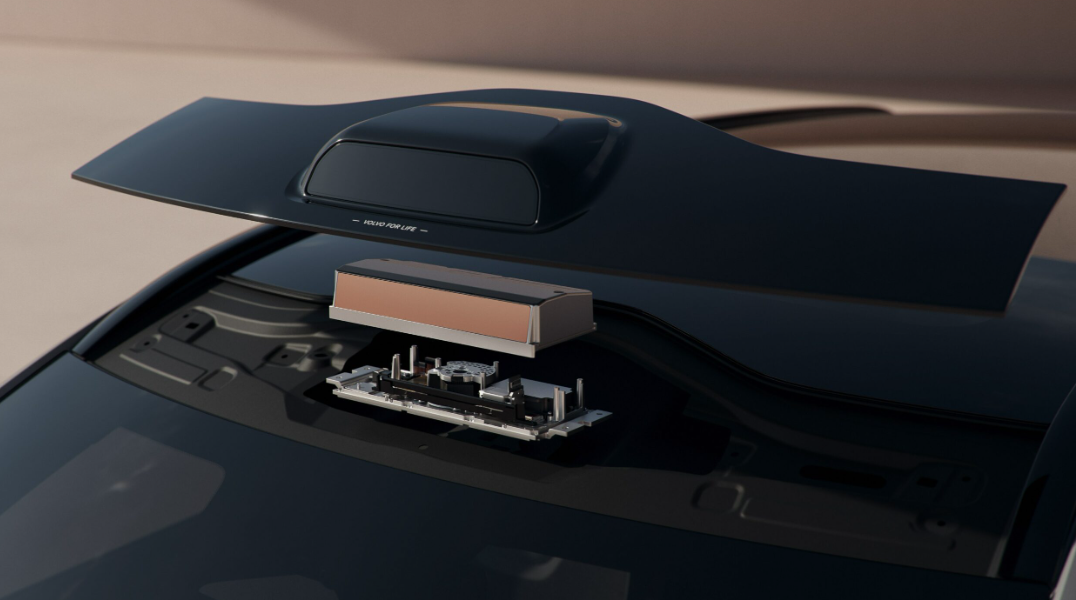
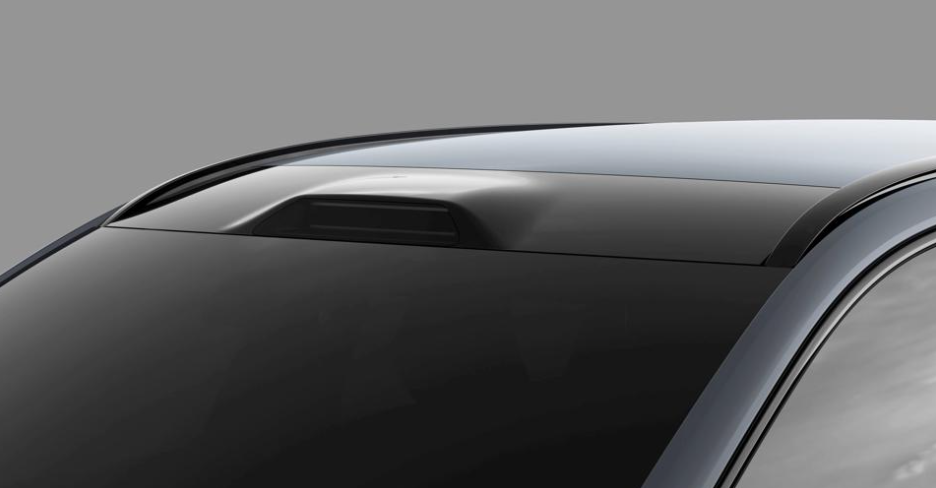
Lidar costs have come way down, and now several production cars feature this technology. Volvo has just announced Luminar Lidar as standard equipment on their flagship EX90 EV. Mercedes-Benz has also signed on to use this technology. Lucid and Rivian offer Lidar sensors. This technology will surely trickle down to more mainstream models.
Lidar gives an important confirmation of distance that cameras alone cannot. There have been Lidar equipped Tesla development cars spotted, so Musk may very well change his position. Let's see how stubborn he is.
Lawrence Romanosky, Calgary, Canada
Lromanosky@me.com, 403-607-8625
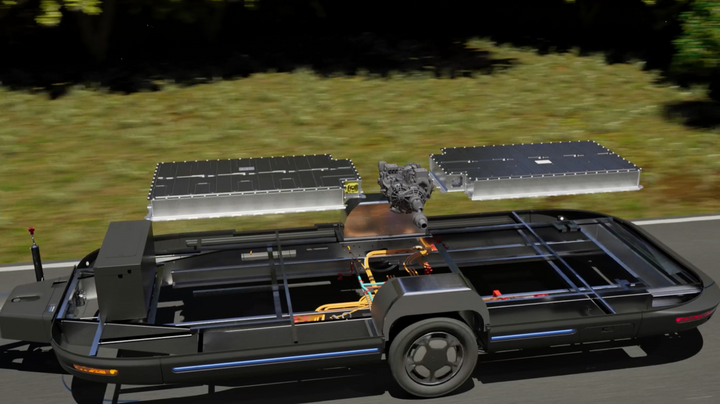
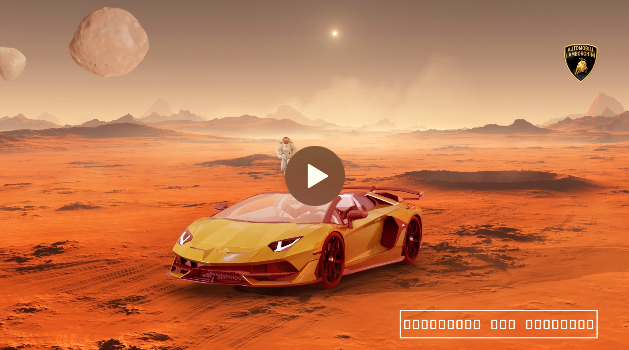
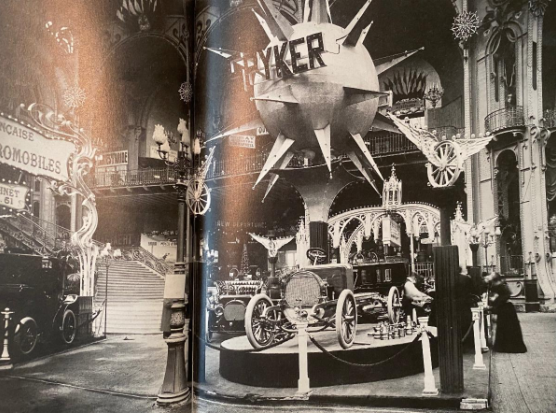
Comments ()